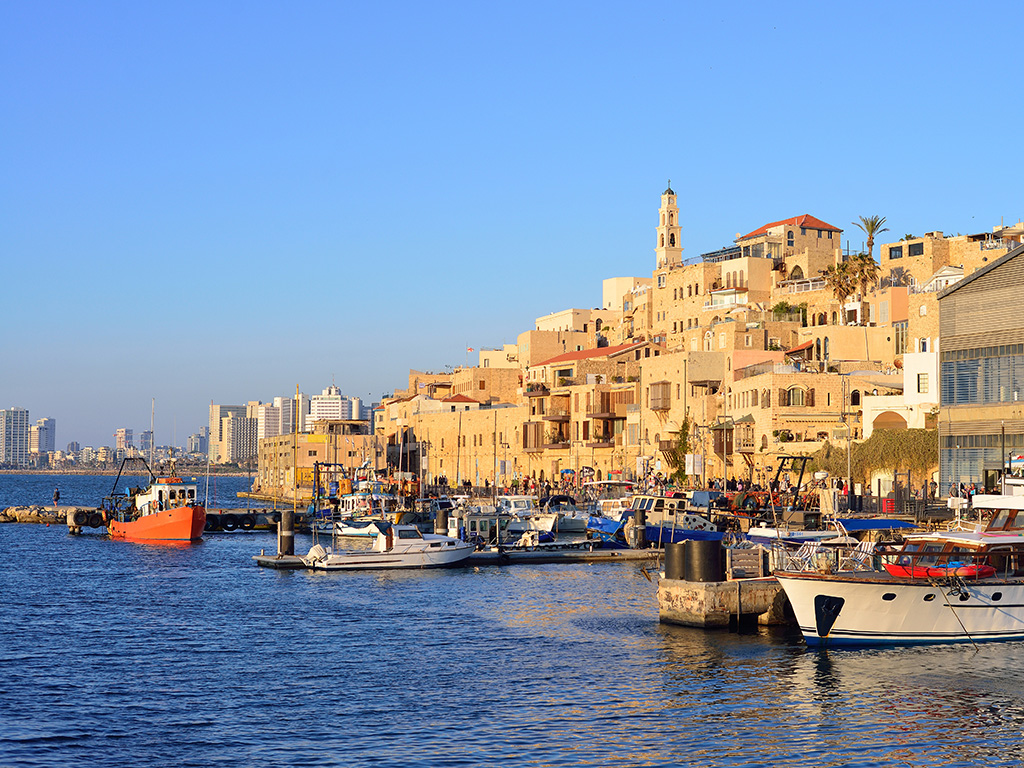Buried for centuries: Archaeologists may have discovered Bronze Age harbor mentioned in Old Testament

The International Journal of Nautical Archaeology recently published a paper highlighting a historical discovery made by Shelley Wachsmann, Meadows Professor of Biblical Archaeology in the Department of Anthropology at Texas A&M University.
On an excavation in Jaffa, an ancient maritime city located in Israel, Wachsmann was able to uncover evidence of a body of water that may have been used as a harbor during the Bronze Age. This harbor, buried for centuries under layers of sediment, provides archaeologists with a piece to the puzzle of understanding the rich geographical history of the Bible and early navigation.
Wachsmann originally was invited to Israel by Aaron A. Burke, a professor from the University of California, Los Angeles’ Cotsen Institute of Archaeology and a co-author on the team’s paper. Burke, who was working on The Jaffa Cultural Heritage Project, was focused on Ramesses II monumental city gate and requested Wachsmann’s aid with the nautical dimension of the project.
According to Wachsmann, the excavation began on the tel, a “mound of many cities.” The area being researched was an ancient Egyptian fortress in Canaan, making it one of the most interesting tels in Israel.
Wachsmann’s curiosity was focused upon the poor condition of the modern rocky harbor at Jaffa, which had been widely referenced in the Bible as a notable location for seafaring.
“If you ever visit Israel, Jaffa’s harbor is a great place to have a fish dinner and whatnot, but the harbor is absolutely terrible,” said Wachsmann, a member of Texas A&M’s Nautical Archaeology Program and chair of the archaeological committee for the Institute of Nautical Archaeology. “So, there’s something that just doesn’t make sense here.”
When Wachsmann arrived at the excavation site, he searched for a geological depression that could explain biblical stories referencing traveling to and from Jaffa’s harbor (2 Chronicles 2:16; Ezra 3:7; and Jonah 1:3).
Wachsmann divided the project into two parts: a geoarchaeological survey on land and a nautical survey along the coast. His original plan involved a field school that would allow for Texas A&M students to partake in the excavations.
As fate would have it, a war between Israel and Hamas in 2014 led to the cancellation of student participation in the land survey. However, it did not stop Wachsmann and his team from drilling a series of cores down to 43 feet into the ground to determine the site’s geoarchaeological history.
“We ended up actually doing the coring on the last day of the war, and we had a rocket shot down right above our heads,” Wachsmann said. “But we still managed to get this done in two days.”
What they discovered made both the danger and the deadline worth it.
“There is evidence of a body of water,” Wachsmann said. “We can’t prove it was a harbor, but it would’ve been irrational not to use it. It would have existed probably during the Bronze and Iron Ages.”

